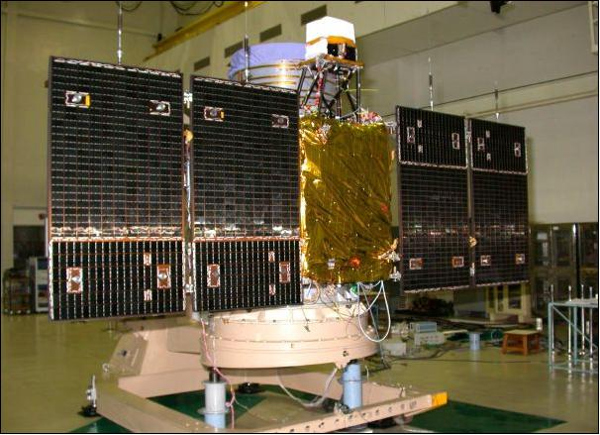NEW DELHI: Indian Space Research Organisation (Isro) is gearing up to launch three earth observation or surveillance satellites — one on November 25 and two in December — to beef up the country’s border security through more “eyes in the sky”. Besides three primary satellites, the three PSLV rockets will also carry over two dozen foreign nano and micro satellites.
PSLV C-47 rocket, to be launched from Sriharikota at 9.28 am on November 25, will carry third-generation earth-imaging satellite Cartosat-3 as the primary payload and 13 commercial nanosatellites from the US. The commercial deal for the launch of 13 US nanosatellites was earlier signed by newly formed commercial arm NewSpace India Ltd (NSIL), according to Isro. Cartosat-3 will be placed in an orbit of 509 km at an inclination of 97.5 degree.
Thereafter, Isro will launch two more surveillance satellites— Risat-2BR1 and Risat-2BR2 —with the help of PSLVC48 and C49 rockets to be set off from Sriharikota in December, according to spaceflight. The agency had earlier launched surveillance satellite Risat-2B on May 22 and EMISAT (electronic intelligence satellite to help DRDO keep an eye on enemy radars) on April 1. The six-month hiatus in the launch of operational satellites happened due to the Chandrayaan-2 mission in that period. This will be for the first time in Isro’s history that all satellites launched from Sriharikota in a year are meant for military purpose.
Cartosat-3 is highly advanced than its predecessor Cartosat-2 as it will have a powerful resolution of 0.25 metre or 25 cm (meaning it can distinguish two objects separated by a distance of 25cm) and a wider spatial range (16 km swath in panchromatic mode). All other surveillance satellites launched before Cartosat-3 did not have so powerful resolution. Cartosat-3, which will also have multi-spectral (captures light within specific ranges in the electromagnetic spectrum) and hyperspectral (captures light from across the electromagnetic spectrum) capabilities, will help the military zoom in on enemy hideouts and terror hubs.
Risat-2BR1 and Risat-2BR2 will also increase the military’s surveillance power as these satellites will have the capability to see through clouds and take images at night. They will also help keep an eye on border infiltration and terror activities. Images from older series of Risat were earlier used to launch surgical strikes on terror launchpads in Pakistan-occupied Kashmir.
In December, PSLV-C48 will launch primary satellite Risat-2BR1 and QPS-SAR microsatellite developed by iQPS, a Japanese company, and four Lemur 2 CubeSats for Spire Global. Thereafter in the same month, PSLV C49 will carry surveillance satellite Risat-2BR2 and four Kleos Scouting Mission radio surveillance nano-satellites for Kleos Space, a Luxembourg company, and multiple Lemur 2 CubeSats for Spire Global, says Spaceflight. All but Spire will be a new user of Isro’s most-reliable rocket PSLV.
Source: ToI
Image Courtesy: NE.JP
You may also like
-
New Heat-Based Approach To Cancer Treatment Can Reduce Chemotherapy Doses
-
Scientists Take A Major Step Towards Unification Of Classical & Quantum Gravity
-
India Graphene Engineering and Innovation Centre (IGEIC) Under the Vision of Viksit Bharat@2047 Launched
-
New High-Performance Gas Sensor can Monitor Low Level Nitrogen Oxides Pollution
-
Antidepressant Drug can be Repurposed for Treating Breast Cancer
